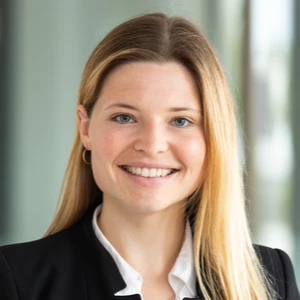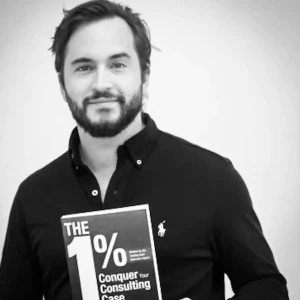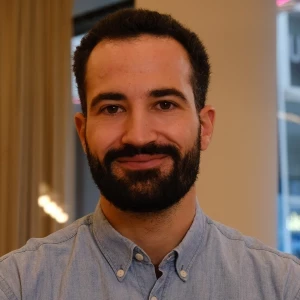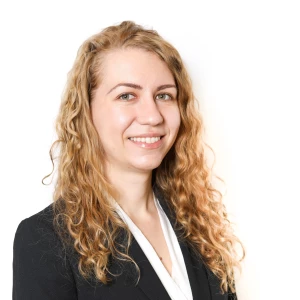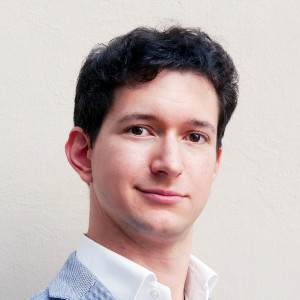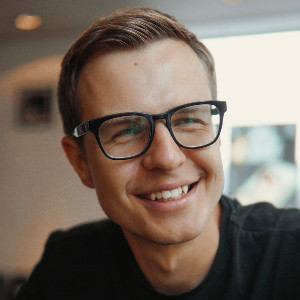How would you answer this question in your Personal Fit interview? Receive feedback on your answer and browse through the Q&As to review the approaches of other applicants and experts.

Please describe a situation where your actions had a positive impact on team dynamics.

This is not going to be a direct question asked by an interviewer during McKinsey interview – but in all of the PEI dimensions you are preparing for (Personal Impact, Leadership & Entrepreneurship), it’s very good to have an element of it. When writing down your stories, think about a situation you could include when, for example:
- there was a difficult team member – but you managed to successfully include him/her into the team and he/she became fully engaged with the team work
- you took a practical decision, which significantly helped the team to move forward with the work (you followed 80/20)
- there were 2 team members who couldn’t stand each other and you mediated peace (e.g. by talking to each one of them, bringing them together, discussing the issue)
- you inspired the team somehow and everybody got super motivated and delivered the results
- you knew something personal about some team member (e.g.she really wanted to go to this football match) and you used it to lift up her spirits (e.g. you bought her the tickets) to ensure she performed well as part of the team
In the end of course you need to focus on the question at hand in each of the PEI dimension – but if you bring those elements into the game as well, this will be a plus ;)
Problem: During one of my main master's degree projects, I faced the challenge of collaborating with team members from diverse social circles and one specific team member who was underperforming and hindering our productivity and teamwork.
Anticipated consequence: Without effective leadership and intervention, the team's divergence might have led to project failure and missed deadlines.
Role: As a team member, I took the initiative to increase collaboration, improve productivity and get the project done.
Action: two main things I had to tackle to create a more productive and effective team were; (1) collaboration (2) Motivation.
To tackle collaboration I used two methods:
Online project management and collaboration tools I learned to use from some technical professors (Trello, Miro, Google Drive). Therefore, we could track tasks, collaborate on brainstorming exercises, and edit collaborative documents in real-time.
However, I knew that these online tools were no replacement to getting our team to work together on the project together. To tackle this I started by opening up speaking and learning about my team members, what time to meet is most convenient and what they liked to do in their spare time. I incentivized my team by inviting them to cool locations to do work, e.g. one team member had a nice apartment building with a rooftop area where we could work. I also invited them to a board game café where we worked then played games and had food.
The second piece was more difficult to achieve as there was one specific person on the team that was pulling the team morale down, by missing meetings and not delivering on their tasks. The way that I was able to overcome this issue was by sitting next to them in class, getting to know them better, as there was a rift starting to form between them and the rest of the group, which would start to decrease their motivation to work even more. As I got to know them more and more, it got to the point where I was close enough to them to let them know that this was an issue first and what we could do to help them to complete their tasks.
As a result, they feel heard, we are a team trying to do well together and he is part of the team, and the person even joined us more frequently towards the second half of the semester when we really had to strap in and get the job done.
End result: Our team dynamics improved significantly, leading to enhanced productivity, effective teamwork, and successful project outcomes. The project was completed successfully, showcasing the positive impact of overcoming social differences through collaboration and leadership.

Some people were arguing on a topic, then I helped them by getting together by showing the underlying value that they both wanted to achieve. So the internal motivation was the same, but their approach was very different. Because they didn't notice this internal similarity, they were competing. By pointing them towards having the same motivation, there was less competition and they could understand each other. Concrete example;…..
Einfache Teaminbuildingmaßnahmen, private Unternehmungen um den Menschen hinter dem Kollegen kennenzulernen.

Hello!
This is a question that clearly relates to Ownership and Leadership, so any stories that you have prepared for those two topics is suitable
Cheers,
Clara
During my time as category manager in Carrefour in my first year, I noticed there was a lot of confusion between the department merchandise team and our suppliers on Carrefour's guidelines to accept promo and shopper activity proposals which are the pillars to achieving our bottom line targets and this confusion was delaying efficiency. I took the initiative of establishing the Carrrefour's merchandise guidelines book in 2 versions 1) merchandisers versions that also included our rate card 2) suppliers versions. this guidelines book improved the way of work, efficiency and communication across my colleagues and management and it's still being used and updated up until today in my old department. My action and ownership helped to improve 1)our communication and relationship with suppliers 2) improved our work efficiency 3) Set clear internal alignment the team and management




When i was playing for the first mens team in my hometowns golf club, I did not perform to my abilities in the morning session. Even though I would have been set to play in the afternoon session due to my track-reckoord. Nevertheless, when we had our team meeting in between I asked our jungest player on the team and was on the bench how he felt today and whether he would feel confident to play the afternoon session with me as his caddy. This was not expected by the other players however it reminded everbody that I was willing to to do everything for the teams success, and therefore everybody started extremely motivated into the afternoon session.

When working as a student research assistant at an institute, students wanted to achieve equal loan to the other student assistant positions in Berlin, but the institute stalled. I wrote a mail to all non-student colleauges on behalf of the students, explaining our situation and demands and the directors and HR reaction, and asked for their support. This mail was a huge success, creating a lot of momentum of support from our colleagues, and played a substantial role in the acceleration of negotiations.

Once our team was the last one to do the final presentation session of a course, We began with confidence in our analysis but after listening to other teams' deliveries some members started to doubt our outcome. I encouraged our team to believe in our analysis because it was our hard work for a long time. Finally we did the presentation confidently and was one of the best teams in the group project.

In University everyone wants to learn all the time, but i saw that the comunication and the dynamics in the learning group wasn't the best. So we made a group trip to get to knew eachother better , so we understand each other better inklusive our communication streghns and weaknesses. In the end of the same weak were we lost a day to get to knew eachother better, we saved time , because on the other day our efficiency increased a lot, compared to the weaks before

When in a group meeting the argumentations about decisions would not stop I offered to have a break and to come back with a small presentation why we should decide either one or the other by the personens with the oposite argument. This put them in the other persons position, made them less argue and listen more, which in total not just relexed the situation, it could be made a good decision.

